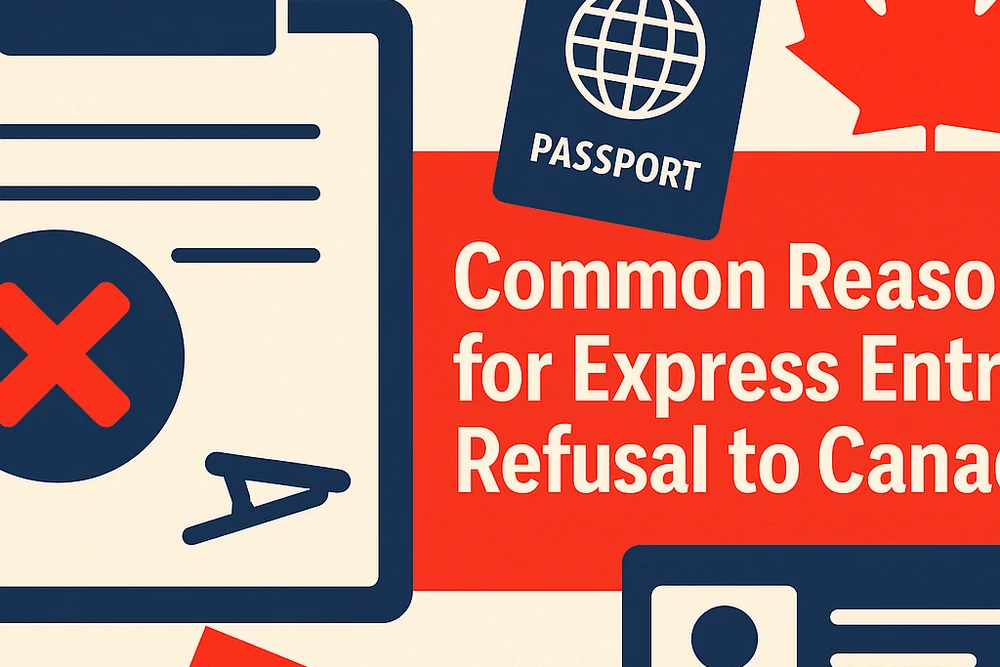Advertisements
Ever feel like applying for a student visa is more complicated than getting into the university itself?
You’re not wrong. Between the paperwork, deadlines, and confusing requirements, getting an Australia student visa can feel overwhelming — especially if it’s your first time dealing with immigration forms.
But here’s the deal: It doesn’t have to be hard.
I’ve helped students and professionals go through this process step-by-step, and today I’m going to show you exactly how to apply for and get your Australian student visa (Subclass 500) — without stress, delays, or expensive mistakes.
Understand What the Subclass 500 Visa Really Means
Before you apply, know what you’re getting.
The Subclass 500 is the official Australia student visa, and it allows you to:
- Study full-time in a registered course
- Work up to 48 hours per fortnight during study sessions
- Bring eligible family members (like your spouse or kids)
Why it matters: If you’re aiming for permanent residency later, starting with the right visa can make things easier down the line.
Check If Your Course Is CRICOS-Registered
This is non-negotiable.
Your course and institution must be listed on the CRICOS (Commonwealth Register of Institutions and Courses for Overseas Students).
Not on the list? You won’t get a visa — even if you’re accepted by the university.
Pro tip: Check the CRICOS website before paying any application fees.
Secure Your Confirmation of Enrollment (CoE)
The CoE is your golden ticket.
After you’re accepted and pay your initial tuition fee, your university will send you a Confirmation of Enrollment. You’ll need this for your visa application.
Tip: If you’re applying for multiple programs (like language + degree), make sure you get CoEs for all of them.
Organize Your Genuine Temporary Entrant (GTE) Statement
This is where many students go wrong.
The GTE statement is your chance to explain why you’re going to Australia and prove that you’ll return to your home country after your studies (unless you apply for another visa later).
What to include:
- Your education goals
- How the course fits your career plans
- Your ties to your home country (like family or a job offer)
- Past academic/work history
Bonus: Strong GTE = faster approval. Weak or vague = rejection risk.
Prepare Financial Proof Before You Apply
Yes, you need to show the money.
As of 2025, you must prove you have at least AUD $24,505 for living costs per year, plus tuition and travel expenses.
What you can show:
- Bank statements
- Loan approval letters
- Financial sponsor letters
- Government scholarships
Tip: Your proof must be recent and clearly traceable to you or your sponsor.
Get Your OSHC Health Insurance
No OSHC = No visa.
Overseas Student Health Cover (OSHC) is mandatory. You can buy it through your university or directly from a provider like:
- Bupa Australia
- Allianz Care
- nib OSHC
- Medibank
Buy coverage for your entire stay — not just your course length.
Apply Online via ImmiAccount
This is the official system used by Australia’s Department of Home Affairs.
Steps:
- Create an account at immi.homeaffairs.gov.au
- Fill in your visa application
- Upload required documents
- Pay the fee (AUD $710 as of 2025)
- Submit your biometrics (you’ll get instructions after submission)
Tip: Keep PDF copies of everything, and label files clearly (e.g. “Passport.pdf”, “GTE_Statement.pdf”).
Avoid Common Mistakes That Delay Processing
Little errors can cost you weeks — or worse, a refusal.
Double-check:
- Is your passport valid for at least 6 months?
- Are all documents in English (or officially translated)?
- Did you include all necessary pages (not just the first)?
- Are your bank documents stamped or signed?
Pro tip: Ask someone to review your file before you submit. A second pair of eyes helps.
Prepare for a Possible Interview
Not everyone gets one — but be ready.
If your case raises any doubts (like big career gaps or unclear GTE), the embassy might call or email you for an interview.
Stay calm and honest. They just want to verify your intentions and background.
Track Your Application and Stay Available
Once submitted, you can track your visa status in your ImmiAccount. Processing usually takes 3 to 8 weeks, depending on your nationality and completeness of the file.
Don’t travel or change your contact info during this time unless absolutely necessary. Always check your email (including spam folders).
Quick Visa Prep Checklist
- Course is CRICOS-registered
- Received CoE from the institution
- Wrote and edited strong GTE statement
- Financial documents are current and complete
- Bought OSHC for full duration
- Applied through ImmiAccount
- Biometrics submitted
- Documents uploaded in correct format
- Passport valid
- Waiting patiently (while preparing bags!)
Frequently Asked Questions
Q1: How long does an Australian student visa take to process?
A: Most applications are processed in 3 to 8 weeks, but it can vary based on country and season.
Q2: Can I work on a student visa?
A: Yes! You’re allowed to work 48 hours per fortnight during classes and full-time during breaks.
Q3: Can I bring my spouse or children?
A: Yes — they can apply as dependents under your Subclass 500 visa. They may also be able to work or study.
Q4: What happens if my visa is rejected?
A: You can appeal the decision or reapply. But it’s better to avoid rejections by submitting a complete, strong application from the start.
Final Thoughts
Processing your Australia student visa doesn’t have to feel like decoding a secret message. With the right info, a solid plan, and a bit of patience, you can get approved and start your studies Down Under in no time.
So now it’s your turn:
What part of the visa process are you stuck on? Got any tips to share with future students?
💬 Drop your thoughts or questions below — and if this helped, share it with a friend who’s dreaming of studying in Australia!


